Introduction and Interview Gabrielle de la Cruz
Images ESCA and Jean de Castro
“Fearless to be first” was how an author described the journey of engineering firm ESCA Incorporated after hearing their story straight from CEO Jean de Castro five years ago, when ESCA celebrated their 35 years in the industry with a monograph chronicling their journey.
De Castro looked back on this exchange during our interview on the occasion of ESCA’s rebranding effort. She shares that the statement is a testament to ESCA being one of the early adaptors of digital engineering methods here in the Philippines, something that they recently revisited and aim to strengthen moving forward. A vital part of this new chapter is a louder call for an empowering workplace for women in engineering, a personal advocacy De Castro has been long championing. With these in mind, ESCA also aims to attract the right kind of talent by showing its openness to digital methods. They are also committed to continuously training and developing the right people through immersive, face-to-face mentorships and intensive technical workshops, making way for the younger generation to start building a better future for the engineering industry.
Our conversation follows:
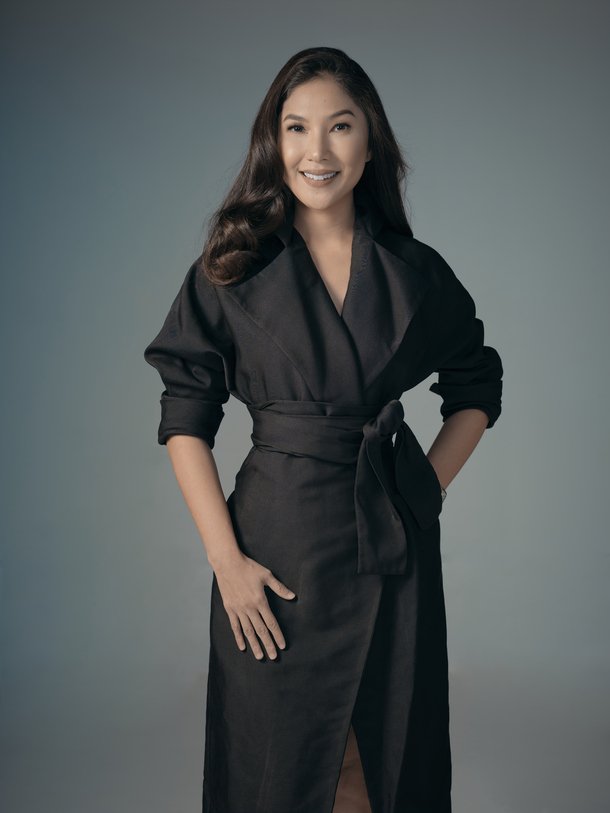

Hello Ms. Jean! Our last conversation was in March 2020, just a few weeks before COVID hit the country. How have you been since then? How have you been managing your time as ESCA’s CEO and ULI Philippines’ Chair?
Hi Gabbie. It’s so great to see you again! How have I been managing my time? Terribly. Just kidding!
I think as women we are used to wearing multiple hats. 24 hours a day is never enough, but we just do the best we can.
I believe it’s a matter of dedicating a certain amount of time to the business, to ULI, and to my personal endeavors as well. It’s also important to have the right team and a genuine support system because these people always make it easier. The ULI board is made up of dedicated members and we have added more women to the team. For ESCA, I am grateful that SAMVADA is helping us with the current rebranding and other corporate matters.
I’m curious, when we met back in 2020, you were already the CEO of ESCA. Why did you decide to have the rebrand now?
This is our 40th year as a firm, so we can say that it’s great timing. Moreso, during the onslaught of the pandemic, we felt like we had to do a lot of reflections internally and even as individual professionals. This meant knowing and understanding the value that we want to bring to the engineering industry and making sure that all of our branding materials actually reflect who we are. One of the things that we decided to change is our logo because we wanted it to showcase our DNA, which is innovation.
Prior to the pandemic, we were already pushing for digital transfer. At the same time, we were striving to respect the legacy that the firm holds. The rebrand focuses on strengthening these two things while being open to more innovative solutions.


Can you walk us through the process that you went through before launching the new logo and announcing ESCA’s rebranding?
One of the things that we did is really go and talk to our clients and ask them what it really is that they are looking for. What is it that they needed more from us? We also analyzed what challenges in the industry would we like to provide solutions to, and what questions we want to answer. We found that our direction is really all about leading solutions.
About two decades ago, we felt like we were a lone voice in the battle. We were pushing for BIM (Building Information Modelling) in an industry that wasn’t ready for BIM. What the pandemic did was highlight the importance of software and innovations such as BIM, as we felt that the industry started to look at them differently. It became a need, not just a want, to really look at how technology can help engineering companies and assist the built environment in general.
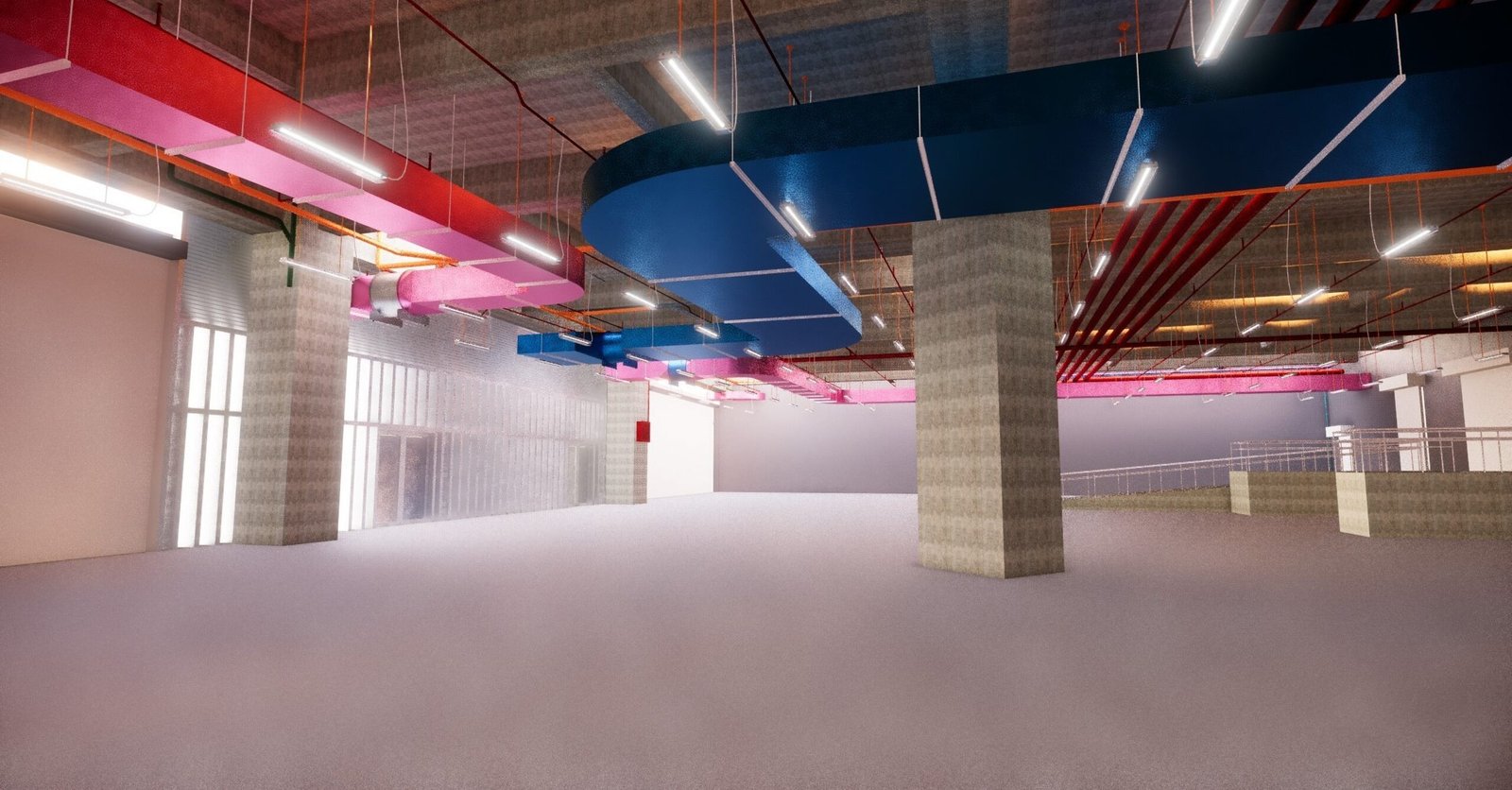

You mentioned that you felt like a lone voice in advocating for BIM back then and that innovations as such only started to be more utilized during the pandemic. Would you say that there are still engineering firms out there that aren’t on this path yet?
Now, most are. There are definitely more Filipino and Asian companies and firms embracing BIM and other technologies.
But I’d like to believe that we were one of the first. Two decades ago we were already aggressive about engineering outsourcing and as I’ve said, were already advocating for BIM. At that time, people here in the Philippines didn’t know about it and there was no pallet for it yet. I believe it was just being started in Singapore before 2010 and they were only beginning to require it there then.


Apart from ESCA’s desire to strengthen its innovation DNA, were there other external factors that contributed to the decision to rebrand?
It was really more of us coming out with an identity, but the readiness of the market for innovation was vital. This is not just for us to attract more clients, but to attract the right talent.
Especially with the next generation, technology and digital information are some of the firsts in line. We wanted to make sure that we were sending an effective message to find the right people.
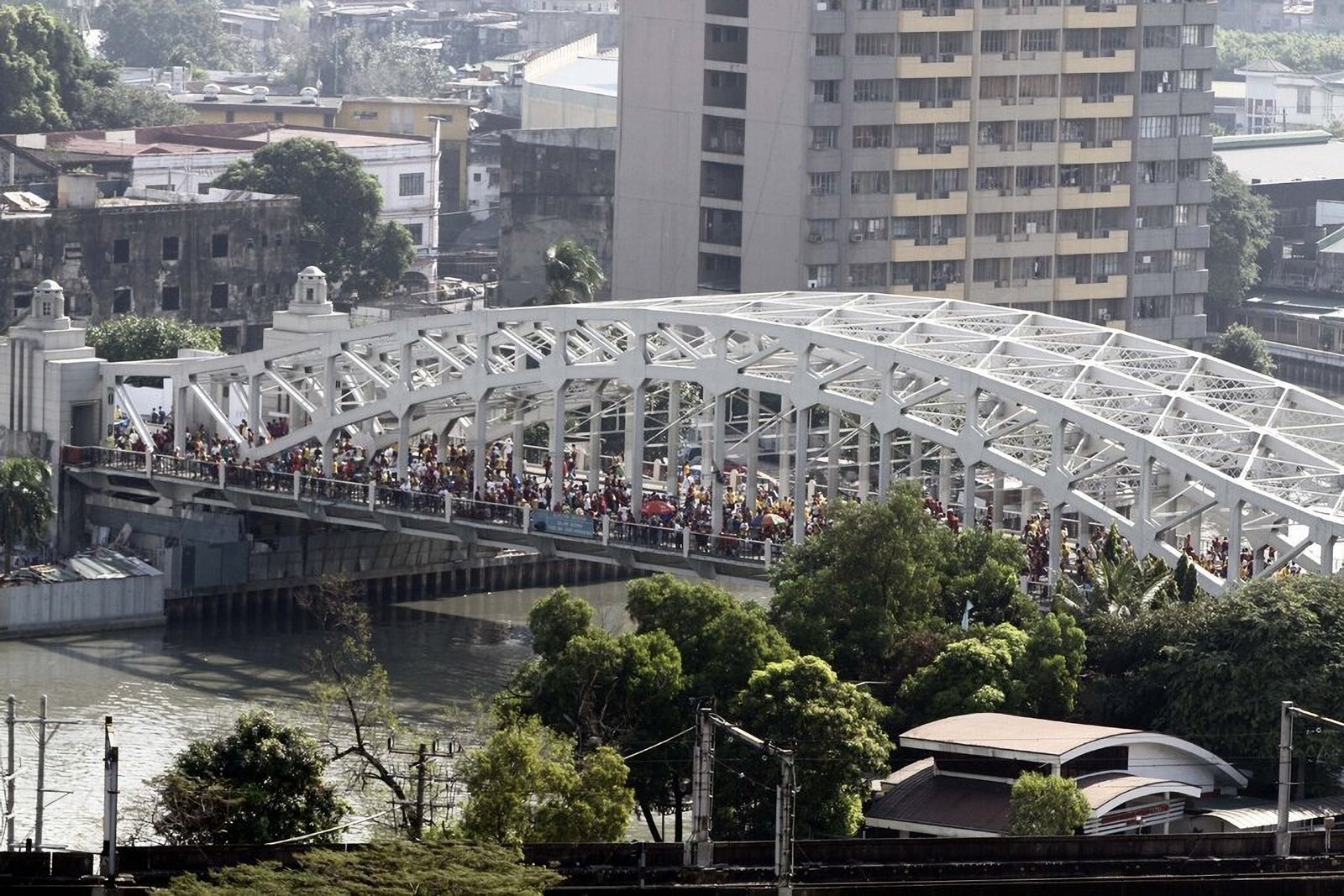


The firm has been around for 40 years. How will this rebranding affect your work? To what extent will the changes in design and methodologies impact your process?
During the transition period, it was definitely challenging for us. We had teams working on parallel ways, some doing the new way and some sticking to the old, just to ensure that we can still yield the same results. However, once we got the hang of everything, we found that innovating really shortens the process. This means we get to save more time and deliver outputs faster.
These new methodologies allow us to explore more alternatives and work with more information. For example, if we’re working with a retrofitting project that deals with 10,000 structural numbers, without a digital solution, we won’t be able to do all of that in a span of time.
Our digital process allows us to handle large structural sizes while managing multiple information in a reasonable period of time.


What other group strategies or team activities did you perform with respect to this change?
What we did first was work with the managers, talk to the leadership team and to the people who have been with us for a long time, and of course, our external partner consultants, SAMVADA. I also had a deep conversation with my father, who founded the firm and later on entrusted it to me.
We also talked to the business development team as most of our younger female employees are there. We wanted to make sure that the rebranding and its aspects resonated with the next generation.
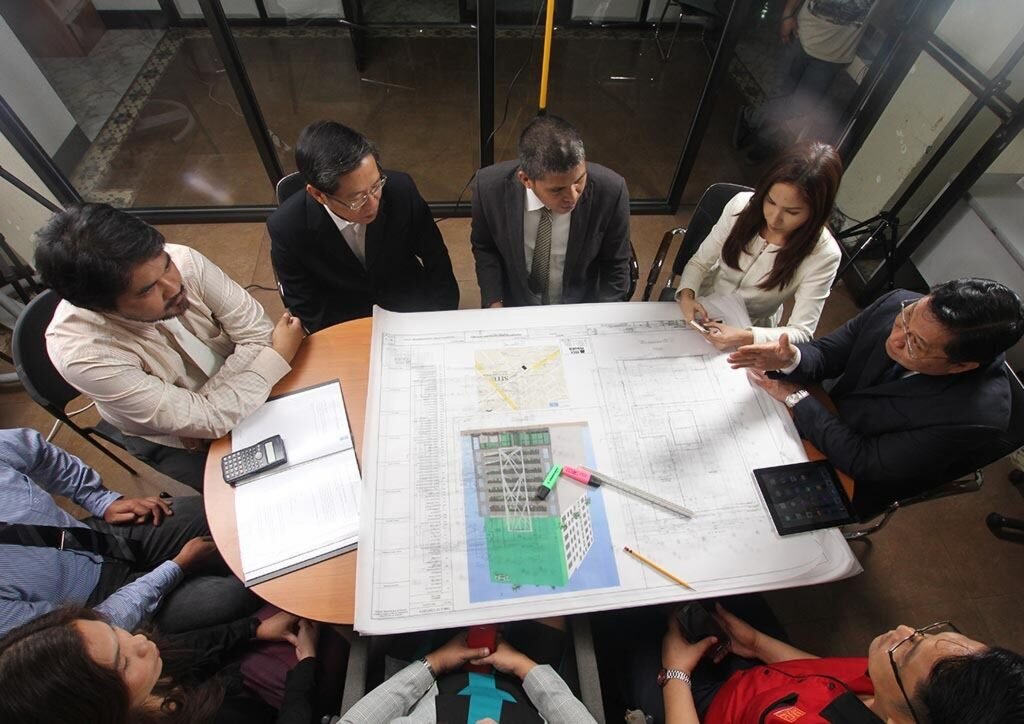

Since you mentioned your female employees, I want to revisit something you said during our first meeting. You stated that your goal is to bring more women into your workplace and strengthen the identity of women in the real of engineering. How is that going so far?
Honestly, 70% of our members in the office are male, so I still need to push further in terms of growing the female team. What I am currently doing now is I’m trying to make ESCA more attractive to women in the engineering industry.
One of the ways I came up with is to initiate the Women Engineering Survey. This public survey primarily focuses on understanding where women are in the engineering industry, their challenges, and their current work conditions. The goal is that once we have that baseline detail, we can identify how we can make the workplace more attractive to them and know how we can make them stay.
My call has been to create a bias for women. For me, it’s not enough that we treat men and women equally. Why? Because we don’t get to the same starting point equally. Creating that bias means accepting that there are things that are specifically more challenging for women and supporting them through all those.
That sounds like a great endeavor! What platform did you use to launch the survey?
I am the immediate past chairperson of CECOPHIL YPM. This is an association of engineering consultancy firms in the Philippines, with members mostly consisting of younger engineering professionals. I spearheaded the survey in partnership with CECOPHIL and they did all the postings and invitations.
Interestingly, when we invited the DTI CIAP (Department of Trade and Industry, Construction Industry Authority of the Philippines) they came on board immediately and we signed a MOA with them. They said they wanted to do something for women as well, but they didn’t have the data. They also helped spread the word through their licensed contractors.
DTI CIAP told us that this survey would help them create better programs for women, as they have an allocated budget for diversity and gender inclusivity. They are also data-driven and would want to step out from the usual webinars and events, so this really helps in creating a better working environment for women in the industry.
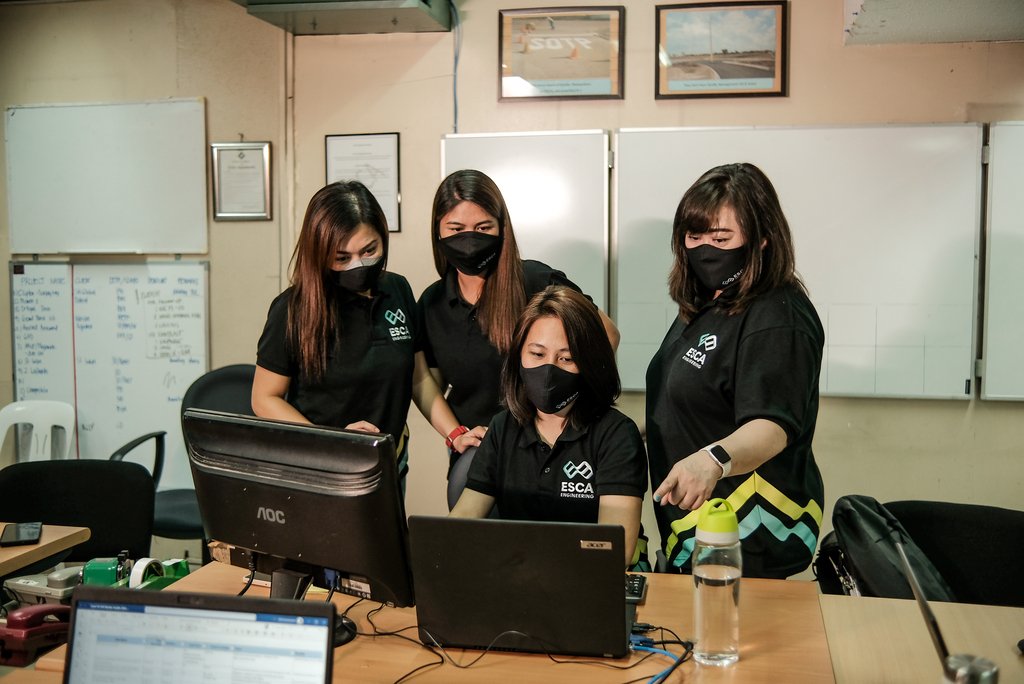

How did women in your office respond to the survey?
Actually, when we asked around, one of our team members pointed out something. She asked if it’s possible for dysmenorrhea leaves to be included in women’s leaves, which I feel is very important. Our health as women is so complex and this would be a great support, especially for those who experience debilitating menstrual pain. It may be a small thing but it goes a long way.
We’re hoping to launch the results soon, as the survey just recently closed.
The rebranding of ESCA mentions the impact of your leadership as a woman in a male-dominated industry and you sure are working towards that. What other values of the firm do you wish to carry out moving forward?
I will say that our values have stayed the same. It’s just a matter of really strengthening them and putting them into practice. We focus on embracing flexibility, having the right processes and systems, performing proper training and development, and really having that strong culture of working together.
We always underscore the value of training our talents well and really helping them grow. This is something that we strive to keep as it really attracts the younger generation. It’s important for us to gather input from young people as well, as they soon will define the engineering industry.
My role in ESCA is more of leading the company. I am not an engineer, so it’s also all about trusting my team, providing that strategic direction, and encouraging everyone to be their best engineering professional selves.
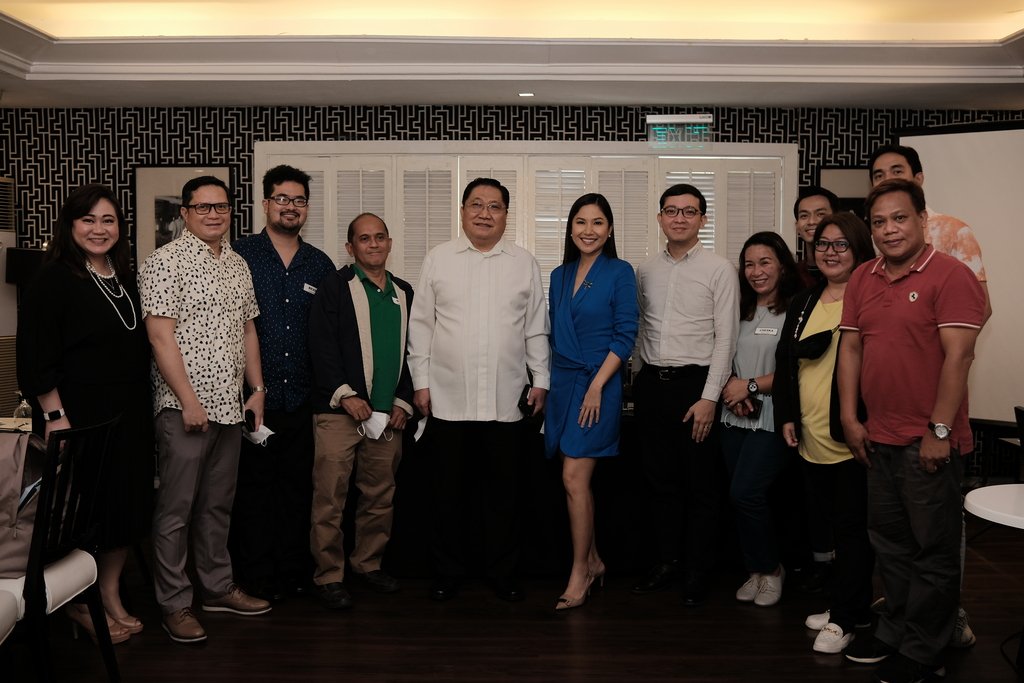
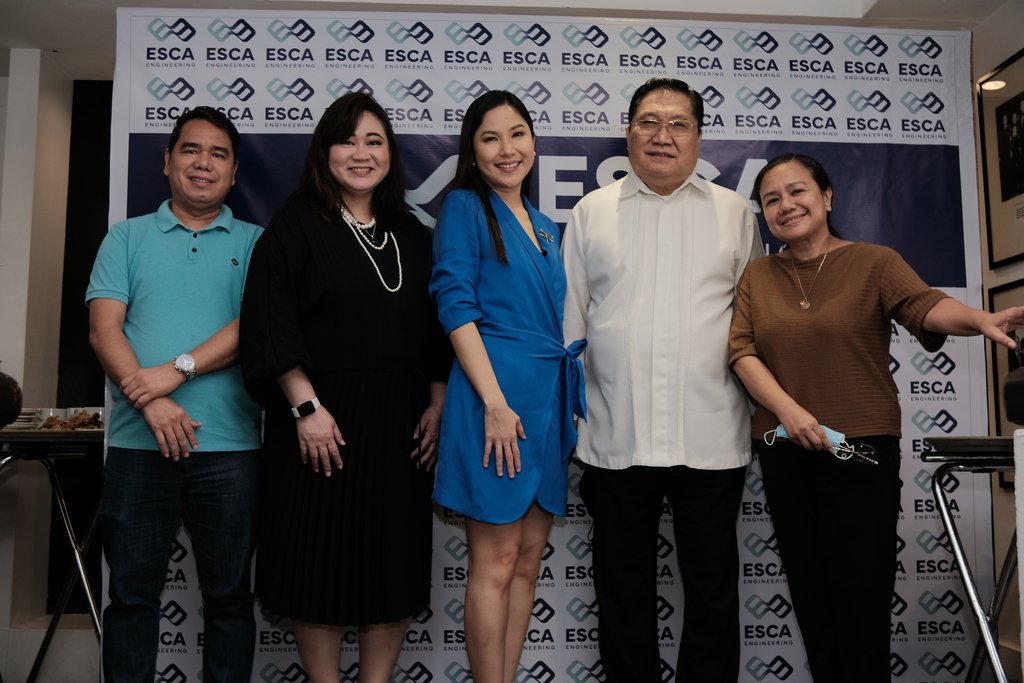
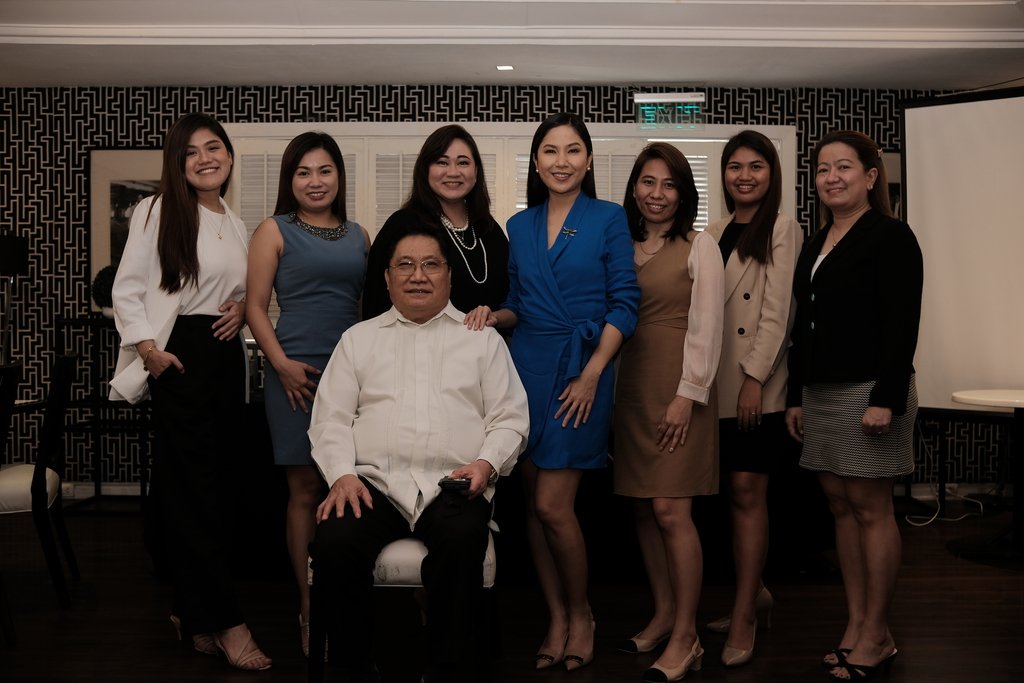
Do you see ESCA carrying this same branding for the next 5-20 years?
Hopefully, yes. We really found ourselves rediscovering our identity over the pandemic. I think it was also the set-up at the time, we saw how we were open to changes in terms of the workplace. We were one of the first to declare a work-from-home set-up and it pushed us to examine more ways of maximizing digital platforms for engineering.
Of course, engineering is still a physical industry. There are certain activities that we really have to do onsite, especially for us who like to conduct physical training and workshops. Face-to-face is still different. The point is that if we can do something virtually without compromising quality, we should do it. We’re really hoping to simply grow as we go.


Your firm rediscovered its identity during the pandemic. What about you? Did the pandemic also force you to explore new hobbies or did you revisit any previous interests?
I did! When I was a kid, I was very interested in learning how to play the cello, so I revisited that. Learning to play it helped me have that beginner’s mindset again. I was reminded of how learning something new can be very humbling. I also learned a lot in terms of precision and control, because the cello can sound so horrible when you don’t hit the strings right.
I finished my construction arbitration accreditation last July as well. I’m now a construction arbitrator and I learned a lot from all the training.
What else keeps you busy nowadays?
Right now, I am also working on a few projects for ULI. ULI Philippines celebrated its 10th year anniversary this year. We are also holding our regular national conference in March 2023. My term as chairperson is actually for 2 years only, but since I started during the pandemic, I’m very grateful to be given the opportunity to extend for another year and establish a good foundation for the next term.
There’s really a lot going on, but I think across all these endeavors, the important thing to remember is that we can’t chase every shiny object. We can’t keep changing our methods as well, but we have to choose to keep evolving. That’s how we stay relevant. •
Gabrielle de la Cruz started writing about architecture and design in 2019. She previously wrote for BluPrint magazine and was trained under the leadership of then editor-in-chief Judith Torres and previous creative director Patrick Kasingsing. Read more of her work here and follow her on Instagram @gabbie.delacruz.

